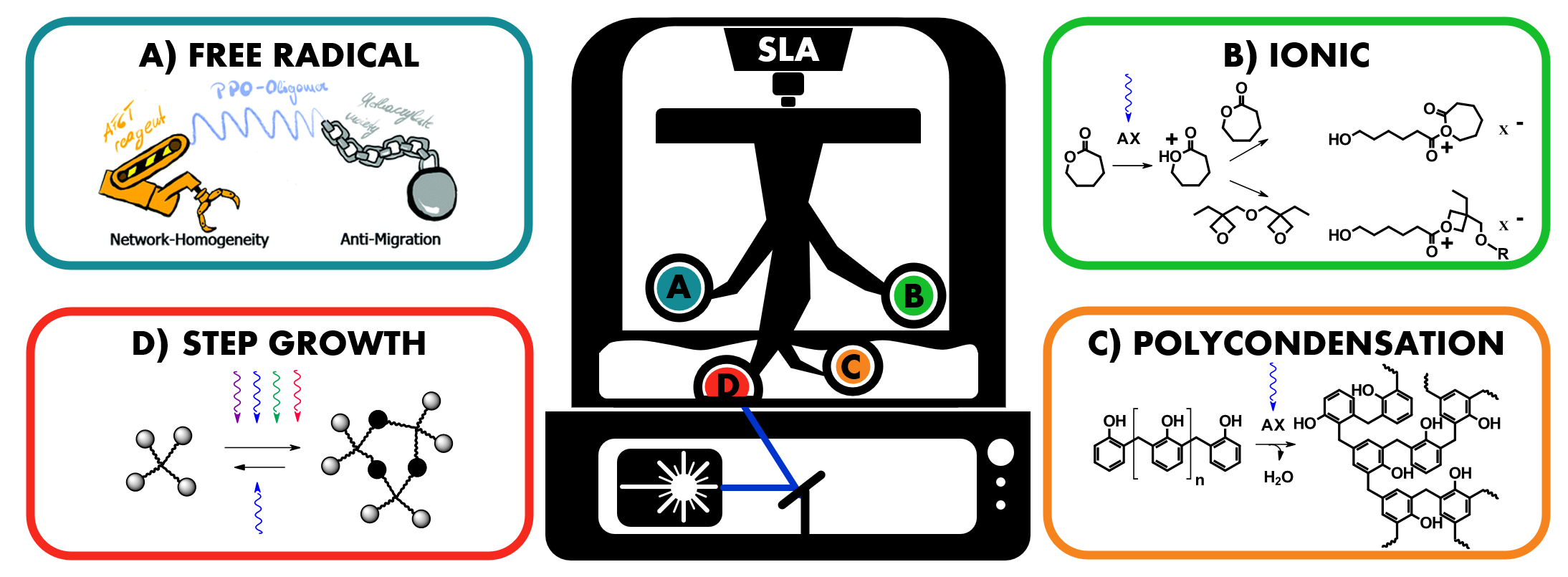3911595
From free radical to radical-free lithographic 3D printing
Date
August 14, 2023
Explore related products in the following collection:
Related Products
PMSE Business Meeting
DIVISION/COMMITTEE: [PMSE] Division of Polymeric Materials Science and Engineering
Approaches to ion-containing, mesoporous, and nanostructured materials using block polymers as vital components
The self-assembly of block polymers is very powerful for the design of mesoporous and other nanostructured materials…
Functional group metamorphosis in the condensed state: A self-reinforcing mechanism to increase mechanical performance of thermoplastic polyurethane materials on demand
We show that tuning the kinetics of a dynamic hindered urea bond in polyurethanes to match competitive isocyanate hydrolysis results in the formation of new, unhindered urea bonds upon incubation of the material in water (Figure 1)…
Award Address (ACS Award in Polymer Chemistry sponsored by the ExxonMobil Chemical Company). Advanced characterization methods, precise polymers and simulations combine to advance the understanding of ion conductivity in ionomers
Ionomers are a diverse array of polymers having a mixture of ionic and non-ionic moieties and were originally valued for their tough mechanical properties and good chemical resistance…



